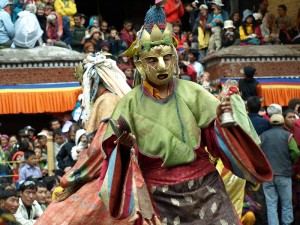 Hemis festival is one of the most famous monastic festivals in June to commemorate birth of Guru Padmasambhava, the founder of Tantric Buddhism inTibet. The sacred dance drama of the life and mission is performed wearing facial masks and colorful brocades robes. The three-day festival takes place from 9th to 11th. Especially the monkey year festival, which comes in a cycle of 12 years. During it the four-storey thanka of Guru Padma Sambhava is hung in the courtyard and other precious thankas are also exhibited. Hemis Festival attracts more than its share of pilgrims & tourists. Held during the full moon in June, is a series of colourful masked dances performed to the accompaniment of cymbals, drums & long horns.
Hemis festival is one of the most famous monastic festivals in June to commemorate birth of Guru Padmasambhava, the founder of Tantric Buddhism inTibet. The sacred dance drama of the life and mission is performed wearing facial masks and colorful brocades robes. The three-day festival takes place from 9th to 11th. Especially the monkey year festival, which comes in a cycle of 12 years. During it the four-storey thanka of Guru Padma Sambhava is hung in the courtyard and other precious thankas are also exhibited. Hemis Festival attracts more than its share of pilgrims & tourists. Held during the full moon in June, is a series of colourful masked dances performed to the accompaniment of cymbals, drums & long horns.
History of Hemis Festival
HEMIS MONASTERY- 40 km from Leh, it is the wealthiest, best-known and biggest gompa of Ladakh. Its popularity stems from the major annual festival held here in summer. The festival is in honor of Guru Padma Sambhav’s birth anniversary. It also has the largest Thangkha in Ladakh, which is unfurled, once in 12 years (next in 2004) Hemis was built in 1630 during the reign of Sengge Namgyal, an illustrious ruler of Ladakh. It flourished under the Namgyal dynasty for the royalty favoured the Drugpa sect, which managed the monastery.
Celebration at Hemis Festival
The head lama presides over the function. The local people are seen transformed and dolled up in their finest traditional attires for the occasion. Lamas called ‘chams’ perform splendid masked dances sacred plays to the accompaniment of cymbals, drums and long horns played by monks. The performers wear elaborate and bizarre colorful brocade dresses and mask and costumes and brightly painted masks. These masks are the most vital part of the dance. The music is characteristically punctuated with sounds of cymbals, drums, and unwieldy trumpets
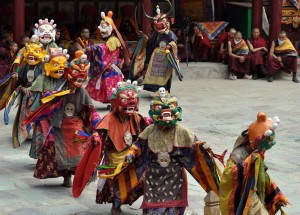 The dance movements are slow, and the expressions grotesque. Each colorful mask depicts a different figure in the legend that’s being portrayed. The Padmasambhava dance, which shows the conquest of the ruta demons, includes Yama — the God of death, and the black-hatted sorcerer, Guru Trakpo — the vanquisher of all demons.
The dance movements are slow, and the expressions grotesque. Each colorful mask depicts a different figure in the legend that’s being portrayed. The Padmasambhava dance, which shows the conquest of the ruta demons, includes Yama — the God of death, and the black-hatted sorcerer, Guru Trakpo — the vanquisher of all demons.
Special display every 12 years: Every 12 years in the Tibetan Year of the Monkey, this vibrant festival takes an auspicious turn, when the two-storey high ‘Thanka’ depicting Padmasambhava is displayed. This famous ‘Thanka’, richly embroidered with pearls and semi-precious stones, was last displayed in the festivities of the year 2004. A colourful fair, displaying some beautiful handicrafts, is the special highlight of the festival
Live your dream of taking part in this vibrant festival and enjoy the local cuisine and adventure safaris on yaks and camels while there
The festival dates and duration: This festival falls in the 5th month of Tibetan calendar and is in the month of June or the first half of July. The fanfare lasts for 2-3 days.
Places to see in Ladakh
Kargil
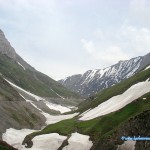 This area lies just behind the Zoji La Pass, and the center is Kargil, a small town with cobbled streets surrounded by apricot groves. Good panoramas of theHimalaya can be obtained on 03-04 day treks from Sanko to Drass via Umba, and on the more demanding Sanko to Mulbek via the Wakka La Pass at 4,930m.
This area lies just behind the Zoji La Pass, and the center is Kargil, a small town with cobbled streets surrounded by apricot groves. Good panoramas of theHimalaya can be obtained on 03-04 day treks from Sanko to Drass via Umba, and on the more demanding Sanko to Mulbek via the Wakka La Pass at 4,930m.
Indus Valley
At an average elevation of 3500 m is sand-witched between the Zanskar Range on its South and the Ladakh Rangeon its North, This is the geographical backbone, and the historical heartland of Ladakh. All major sites connected with its dynastic history are here, starting with Leh, the capital city. The bulk of the population resides along theIndus.Its main attraction are the numerous Buddhist monasteries, quaint villages, fairs , festivals and bazars. Air and road communications converage at Leh
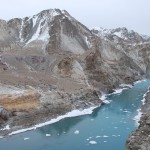 Zanskar Valley
Zanskar Valley
One of Ladakh’s remotest regions. A 300 km long valley ringed by mountains, only accessible by high passes. TheValley ofZanskar is situated in the inner Himalaya and is higher than most areas of Ladakh. The climate is very Harsh and receives very little rain fall. The twin peaks of Nun-Kun, its Monasteries and its extremely rugged, awe-aspiring landscape are its main attraction.
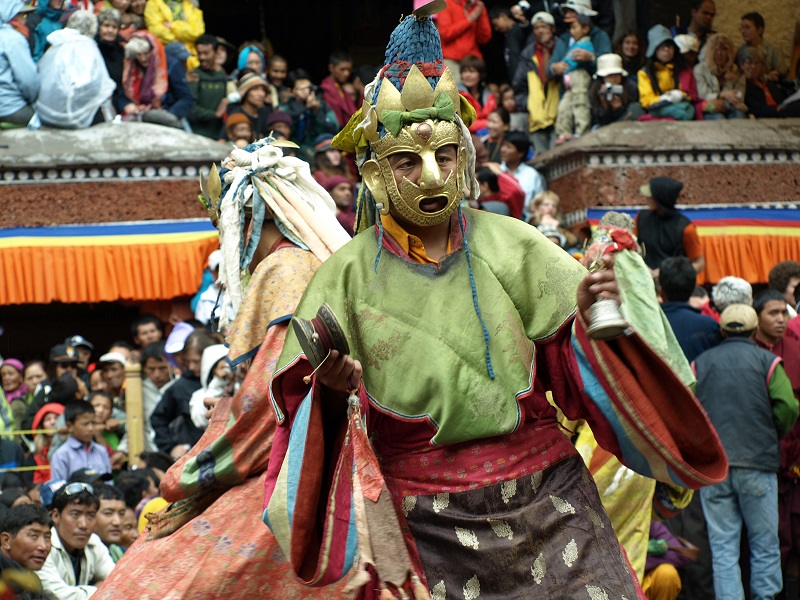
Submit your review | |















